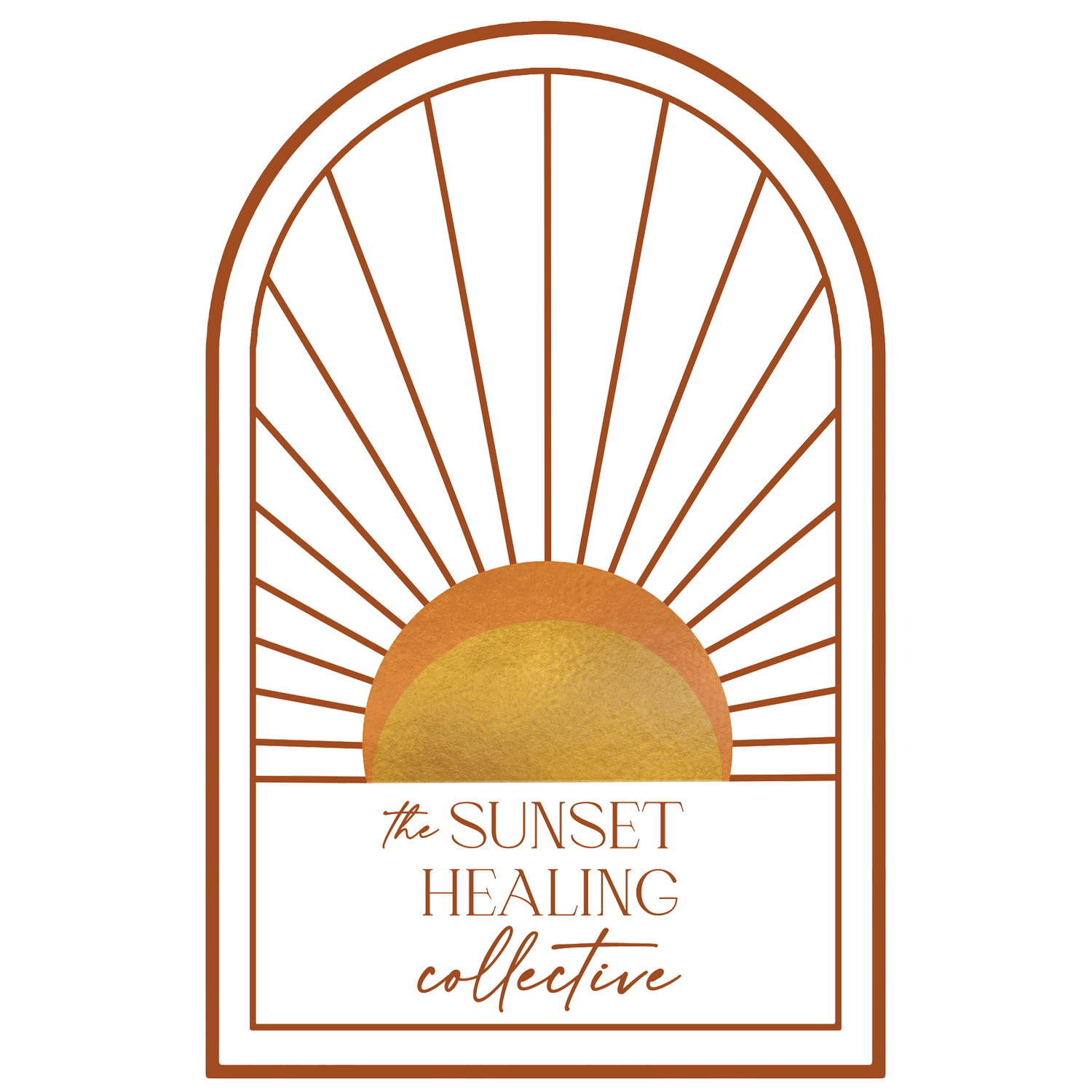Acupuncture for Low Back Pain, Hip Pain, Knee Pain, and Foot Pain
In the winter, I typically see an increase in the frequency of low back, hip, knee and foot problems .
While it could be a random coincidence, I want to share with you what the TCM understanding is of the acupuncture relationships between the natural world is and human energetics.
Here is a quick crash course in the basics of TCM (Traditional Chinese Medicine).
There are two aspects of energy, feminine and masculine, also known as Yin Yang.
There are 5 Elements or 5 Energetic Phases of Yin Yang energy: Wood, Fire, Earth, Metal, Water.
These 5 Elements provide a framework for understanding how all of the tissues, organs, fluids, and metabolic activity manifests within the human form.
Where did these ideas, theories and philosophies come from? The ancient ones.
The TCM philosophical knowledge was made realized by a bunch of ancient Chinese dudes (and of course women, though, not surprisingly, they never get any credit in the history books) when they were sitting around the campfire a few thousand years ago trying to make sense of it all. (I'm not sure about the campfire, but it seems like the most obvious place to be hanging out and coming up with abstract concepts).
Somebody amongst the group had the presence of mind to notice the striking similarities between the natural world and the human experience. We refer to this as mirroring of the macrocosm and microcosm; a holograph.
These ancient, wise ones, observed that all naturally occurring phenomena have cycles; ebbs and flows, rhythms, and undergo the transformational processes of birth, maturation, decline, and ultimately death. This is scraping the surface of a very sophisticated philosophical understanding of the nature of life.
What are the acupuncture relationships between lower body aches/pains and winter?
The connection lies in the relationship they have to the Water Phase in the 5 Elements. Each Element has a season, the season of Water is winter.
There are two organs associated with Water: the urinary bladder and the kidneys. The tissue of this element is bone, and the fluid is, not surprisingly, urine. The low back is the abode of the kidneys and it is said that the kidneys control the lower half of the body.
In TCM all lower body issues, be they leg, hip, knee, ankle, foot, uro-genital or reproductive have some imbalance of the Water Element.
Hence, it is not only coincidence I treat an increased amount of lower body issues in the winter, but also the intensity of symptoms are noticeably greater, as is the persistence of inflammation in those areas.
Cold has a contracting quality and we tend to be much more contracted in winter than summer, hence more tightness all over. There are some very important preventative and proactive steps you can take to both avoid lower body imbalances in winter, as well as treat chronic and acute flare ups.
Get plenty of rest. According to Chinese wisdom, in winter you should rise with the sun and go to bed early.
Keep your low back and feet warm and protected. Avoid skin being exposed in drafty rooms.
Stretch and strengthen the low back, hips, hamstrings and ankles. Be mindful not to overexert as this time of year you are more prone to injury in those areas. For strength: try air squats or lunges.
For stretches, forward bend, seated forward bend, and squat pose (Malasana in yoga) are great for moving blood along the kidney and urinary bladder meridian.
Warm baths are a great way to nourish the health and vitality of the Water element and its corresponding tissues.
Drink bone broth. The food energetics of bone broth is that it is grounding and there are essential minerals, especially calcium, which will help nourish and fortify the Water Element.
I strongly recommend spending at least fifteen minutes outdoors every day. Being outside connects your body more deeply to the natural world and influences your natural rhythms. Dressed properly, weather shouldn't be an issue.

